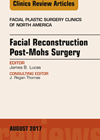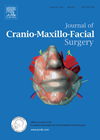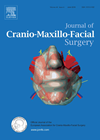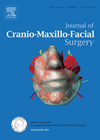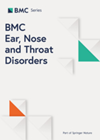
Journal Reviews
Reconstructing post-resective auricular defects
The auricle is split into six specific anatomic subunits that vary in skin thickness, contour, structural integrity and the availability of healthy surrounding tissues. It is important to reconstruct an aesthetically pleasing auricle as slight deformities may be prominent. The...
Money saving using CAD-CAM in mandibular reconstruction
CAD-CAM (computer aided design and computer aided manufacturing) is an exciting field in the functional and accurate reconstruction of oral cavity defects. This is a prospective study from Italy based on data from 20 consecutive mandibular reconstructions from 2011 to...
A modification of the crescentic flap for nasal skin reconstruction
Non-melanoma skin cancers are the most frequent skin tumours and in over 25% of cases affect the nose. Following excision, the reconstruction may be challenging. Reconstruction aims to preserve the anatomical units, nasal functions and also an aesthetic final outcome....
CAD/CAM assisted mandibular reconstruction or freestyle?
The gold standard for the reconstruction of the mandible is a free bone flap and the fibula is commonly used. The fibula is a straight bone and presents considerations and difficulties in the formation of a U-shaped neo-mandible. Computer aided...
3D ultrasonography for evaluation of muscles following facial palsy
Reconstructive surgery for facial nerve palsies is not recommended beyond two to three years after a degenerative facial nerve lesion. Since the time course of muscle atrophy is variable, this timeline is a rough guideline. The only assessment method currently...

